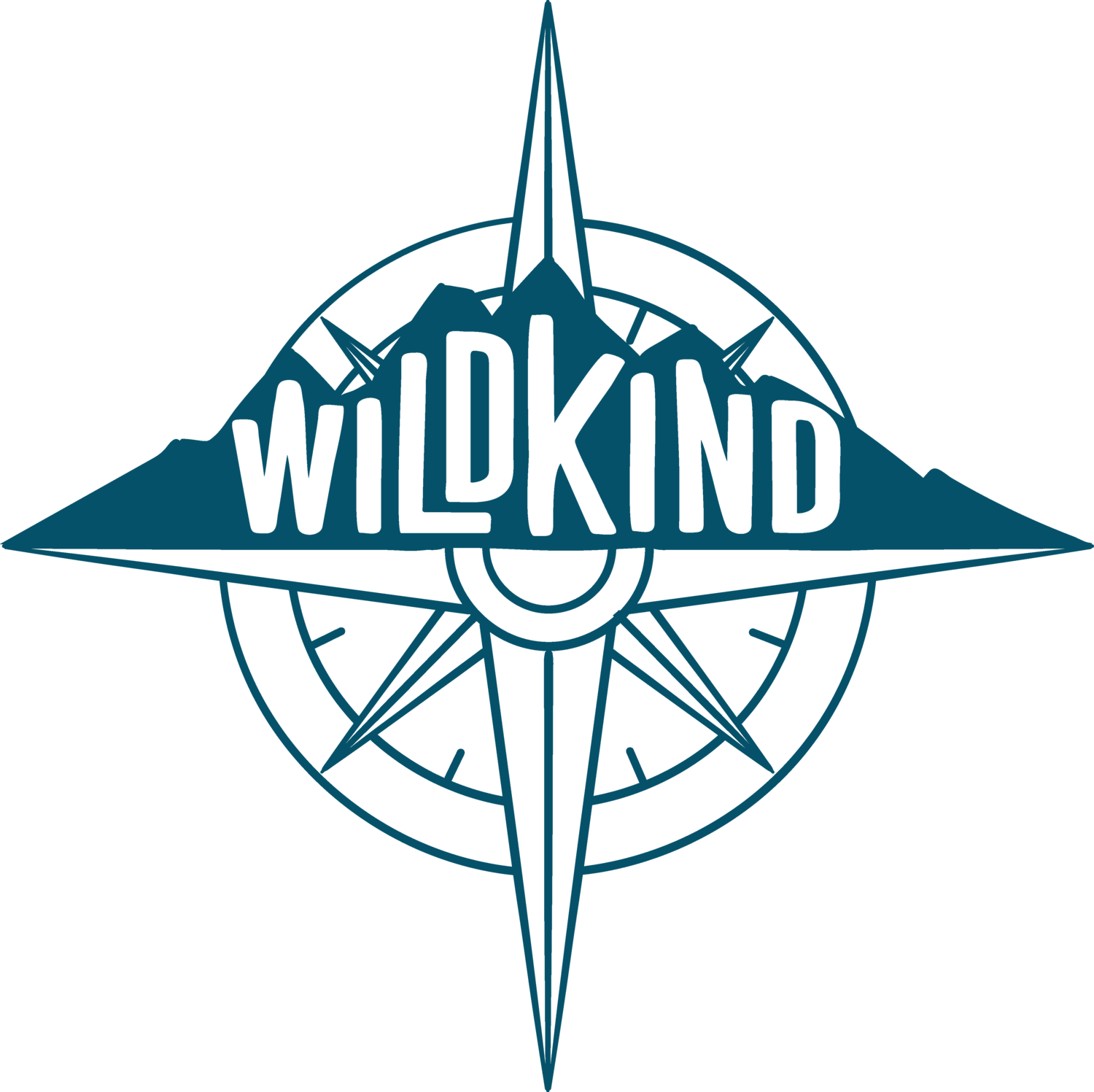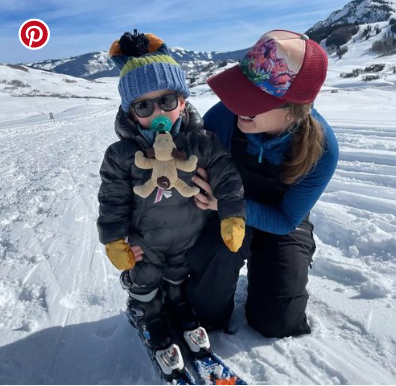The Best Kid carrier: Deuter vS. Osprey
Links below may be affiliate links. This means we may earn a small commission at no extra cost to you.
It’s hiking season and you’re ready to get out with your little one(s) in tow. Using a child carrier backpack is a great way to get outside together and get far beyond the stroller paths. You know you want one, but we get it - choosing one out can be overwhelming!
From sunshades to storage, there are a lot of things to consider. The biggest factor? It needs to be the right fit for YOU. It’s a common question we get at WildKind and not too long ago, I was also in the depths of kid-carrier shopping. To help, I’m comparing two of WildKind’s most asked about child carriers: the Deuter Kid Comfort and the Osprey Poco.
The Deuter Kid Comfort and the Osprey Poco are each brand’s middle-of-the-road carrier in price and in features. Want the good and the not-so-helpful news? They both are great options! However, we found they each perform better in certain situations, so let’s dive in!
DEUTER VS OSPREY: similarities
Both carriers are designed to hold about the same about of weight (roughly 48 pounds), so you can use these well into big-kid toddler years (and load them up with gear and snacks).
They are both easily adjustable to fit a wide range of adult sizes without hassle. Each carrier’s shoulder straps can be adjusted by a lever to fit torso lengths between 15 and inches (the Poco goes to 21”). *Something to note: The waist adjustments do vary. The Osprey fits waists/hips between 26-48” and the Deuter has a larger range: 24-54”. An adjustable fit is important if both you and a larger partner want to share the same kid carrier!
Both are relatively the same size if you are debating how they’ll stow away in your garage. (Pro tip: the Osprey Poco LT is the only child carrier that packs away completely flat—and it zips up inside its own pouch.) But, if you are getting into the nitty gritty, the Poco is slightly taller by 2”.
Want to score our free guide to hiking with toddlers?
Both packs offer adjustable seats and foot rests for your mini-passenger and both have plush, removable chin rests (or drool pads as Osprey calls them!) that can be washed. They also provide excellent ventilation systems for the adults, both providing mesh back panels.
Finally, both offer collapsible support bars, sleeves for hydration packs (not included in either), included sunshades and various storage options – both of which we’ll discuss next.
DEUTER VS OSPREY: differences
For starters, let’s talk weight and storage. The Deuter Kid Comfort is your lighter of the two options at just over 7 pounds. The Kid Comfort offers 14 liters of storage – perfect for day hikes/adventures and visiting parks. If you are looking for more storage for bigger adventures, more snacks, or any overnight excursions, the Osprey Poco provides an impressive 20 liters of storage capacity but weighs a little more at 7 lbs. 11 oz. Another difference is the hip pocket storage: The Kid Comfort has larger zippered pockets and the Poco has smaller mesh pockets – perfect for snacks but doesn’t hold most smartphones.
Checking out the views from the Osprey Poco while wrapped in mosquito netting. Darn bugs!
The Osprey Poco offers top entry for loading up your kiddo, mesh side panels for ventilation, and a unique “halo” harness system that secures behind your child’s back while she sits in the cockpit. Why does this matter? When your child gets older and grows into a magician, she won’t be able to unclip herself since that clasp is behind her!
The Deuter Kid Comfort provides a side entry option, color coordinated buckles, and solid panels along the side. While the Osprey’s side arms do open to help the pack lay flat(ter) in storage, it is incredibly difficult to re-clip the buckles. We found ourselves opting to leave the child carrier in “go-mode” to make our lives easier.
As mentioned above, both include sunshades but there are a few major differences. For us, the Osprey sunshade takes the cake. Not only does it store in an included pocket, but the mesh walls are so sturdy that your kiddo can rest her head and catch a snooze without her noggin banging around. The sunshade also offers UPF 50+ UV protection for your little passenger.
While Deuter’s sunshade does the trick and keeps sun off your babe, it doesn’t stash away in its own pocket and it doesn’t have any walls. We observed our kiddo often getting her head stuck between the shade and the carrier as she settled into the space in between.
Decisions, Decisions…
Living her best life in the Deuter Kid Comfort!
Each child carrier has thoughtful and helpful features that help you and your mini-adventure partner hit the trails. As with any pack, you’ll need to go with the option that best fits your body and your needs. It’s always a good idea to try one on before buying, when possible. Sometimes, we have different quirks that make one carrier just feel better once it’s on us. But, if that doesn’t work for you, here’s our takeaway: consider your usage and go from there.
Are you only a day hiker who doesn’t care about gear storage? The Deuter Kid Comfort may be your favorite. Or, are you already planning a few multi-night backpacking trips with your little in tow? Consider the Osprey Poco.
Still can’t decide? Check out the Poco Plus or the Kid Comfort Pro for each brand’s pricier carrier with all the bells and whistles. For the minimalist approach, take a look at the Kid Comfort Active or the Poco LT. Also, both brands also offer rain covers: The KC Rain Cover Deluxe and the Poco Raincover for those play-in-the-rain kind of days.
Checking out with your kid carrier and wondering, now what? We’ve got the next steps covered for you! Join the WildKind Summit membership today and you can immediately watch our video tutorial that highlights that pros and cons of every single kid carrier on the market. Our hour-long video walks through the highs and lows of the Deuter and Osprey kid carriers, along with the Kelty and Thule kid carriers on the market.
Written by Amanda Baseler
In addition to acting as WildKind's Community Manager, Amanda is raising her little adventure buddy in the mountains of Colorado. She loves to ski and mountain bike, and works and volunteers with several different organizations to help other folks develop their own love for the outdoors.




